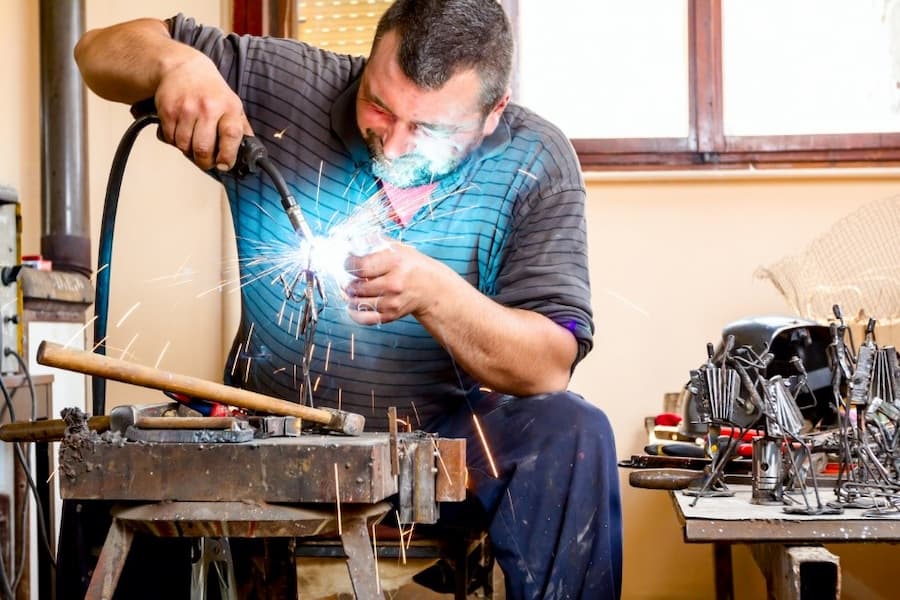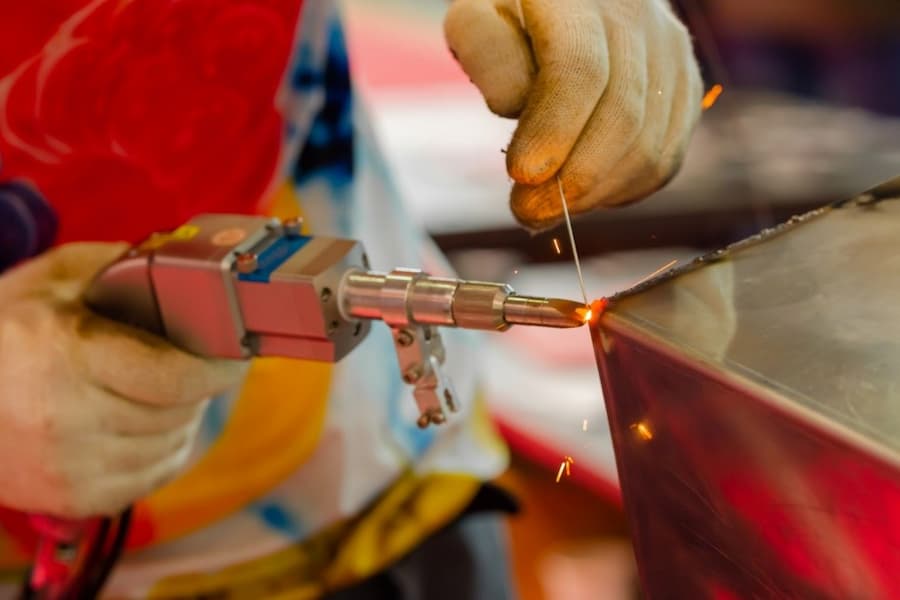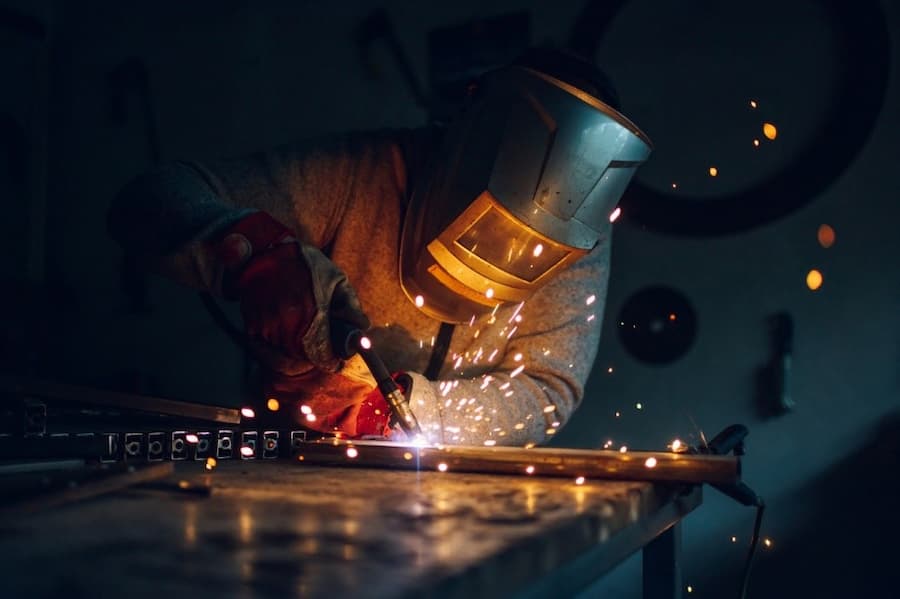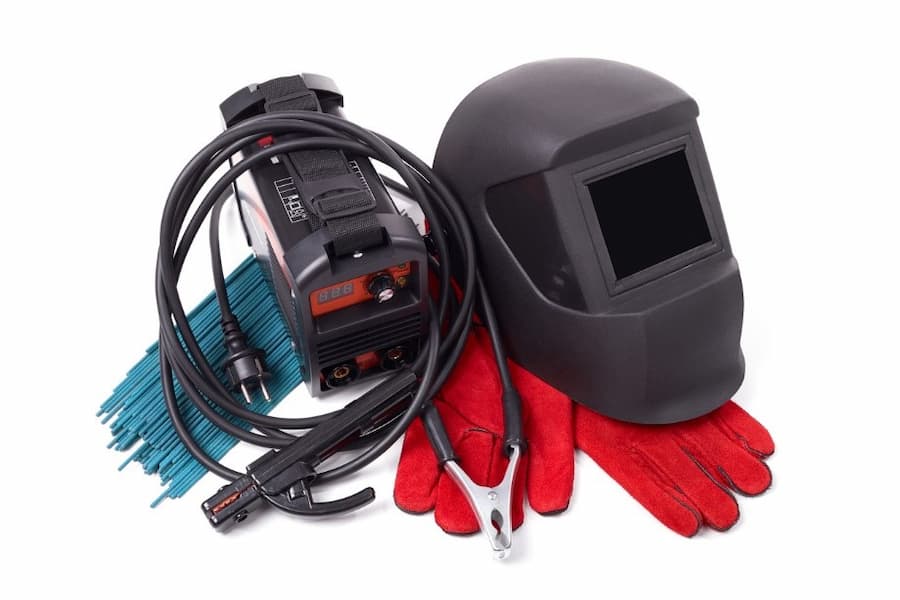Welding for Beginners: Exploring TIG and MIG Techniques
Welding holds a unique charm in the eyes of beginners, offering both excitement and challenge. Whether it is for personal projects or more professional pursuits, understanding the basics of TIG and MIG welding is essential to prioritising safety. By paying attention to important aspects like choosing the right equipment or learning from common mistakes, you will embark on your welding journey more safely and with greater confidence.
In this blog, specifically tailored for beginners and DIY enthusiasts, we will go through the most frequent complexities of welding, focusing particularly on two widely used techniques: TIG (Tungsten Inert Gas) and MIG (Metal Inert Gas). Here, we will explore the main elements of welding, providing insights and offering practical tips to set you on the right path. However, bear in mind that patience, practice, and perseverance are the real keys to mastering the art of welding and unlocking endless creative possibilities!
TIG Welding: a Combination of Precision and Versatility
TIG welding stands out for its exceptional control of overheating input. It allows for precise welds on various materials, from thin sheets to thick plates, making it a favourite among craftsmen and artisans. The process involves using a tungsten electrode to create an electric arc that melts the metal while an inert gas shields the weld area from atmospheric contaminants.
As we mentioned, mastering TIG welding requires patience and practice, especially for beginners. As gas experts, our general advice is to start by familiarising yourself with the equipment and understanding the essentials of electrode positioning and arc control. To achieve clean, uniform welds, it is extremely important to maintain a steady hand and a consistent welding speed, so try to experiment with different filler rod sizes and materials to see their effects on the weld bead and overall strength. As you gain confidence, you’ll get to expand your skills further by exploring advanced techniques such as pulse welding and welding in different positions.
MIG Welding: When Efficiency Meets Speed
Then we have MIG welding, which is known for its efficiency and speed and offers a more straightforward approach compared to TIG welding. In this process, a continuous wire electrode is fed through a welding gun alongside a shielding gas (typically a CO2 and argon mix). The wire electrode melts and fuses with the base metal, creating a strong weld seam with minimal splatter.
For beginners, MIG welding is a relatively quick learning curve. Here is our piece of advice:
- Focus on setting the appropriate wire feed speed and voltage according to the thickness of the material you are welding.
- Practice maintaining a consistent travel speed and gun angle to achieve smooth, uniform welds.
- You must pay attention to proper joint preparation and fit-up if you want to achieve strong weld penetration and minimise defects.
- Experiment with different welding positions and techniques as much as possible to gain versatility and confidence in your abilities, which will lead to successful welding projects.
Safety First: Essential Precautions for Beginners
Safety should always be a top priority when engaging in welding activities. Whether you are using TIG or MIG welding, before starting any project, you must make sure you are using the correct welding safety equipment. This typically comprises a welding helmet with a suitable shade lens, flame-resistant clothing, gloves, and safety glasses. Also, it is indispensable that you work in a well-ventilated area or use exhaust ventilation to prevent exposure to toxic fumes and gases produced during welding that are harmful to you.
A few other measures that add an extra layer of safety when welding include the following:
- Set up welding screens or curtains around your work area as a precaution to protect yourself and others from arc radiation and flying sparks.
- Avoid welding in damp, wet conditions to prevent electric shock hazards.
- Always keep a fire extinguisher nearby and move any flammable materials far from your workspace.
- Regularly inspect your welding equipment for any signs of damage or malfunction.
 Choosing the Right Equipment
Choosing the Right Equipment
Choosing the appropriate welding equipment is not just about safety; it is also essential for achieving quality welds and enjoying a smooth welding experience. Factors such as the type of materials you will be welding, their thickness, and the chosen welding process, TIG or MIG, will all impact the desired result. Investing in reliable welding gas solutions like ours at Bottle Gases and in a good welding machine offering the features and capabilities you need makes a huge difference.
Remember that to take your welding projects to the next level; it is always best to opt for high-quality gear and compatible welding consumables, such as welding electrodes, filler rods, and shielding gases. A good tip is to research different brands and read reviews from experienced welders to make well-informed decisions; it saves you time, money, and frustration in the long run!
Common Mistakes and Challenges in Welding
As a beginner welder, it is natural to face challenges along your learning journey. Understanding common mistakes and how to avoid them can be a valid way to progress and elevate your skills project by project. For instance, one of the most frequent mistakes is improper joint preparation, which leads to weak welds and inefficient penetration. To avoid this, take the time to clean and properly fit up your workpieces before welding to achieve strong, durable connections.
Another mistake is choosing the incorrect welding technique, such as inconsistent travel speed or improper electrode angle; you can fix this by practising good welding habits from the start and focusing on maintaining a steady hand and consistent motion. Finally, avoid excessive heat input that can result in distortion and warping of the welded material, and take breaks as needed to prevent fatigue and maintain high levels of concentration throughout the welding process.
Bring to Life Your Welding Projects with Bottle Gases
Whether you are delving into the precision of TIG welding or embracing the efficiency of MIG welding, our range of high-quality, reliable gas solutions is what you need to turn any welding project into a successful result.
As a premium bottle gas supplier, we are here to support you every step of the way. We offer our expertise and commitment to help you tackle your welding activities with absolute confidence. Explore our gases, and don’t hesitate to contact us with any questions to help elevate your welding experience and skills to new heights.







 Choosing the Right Equipment
Choosing the Right Equipment
